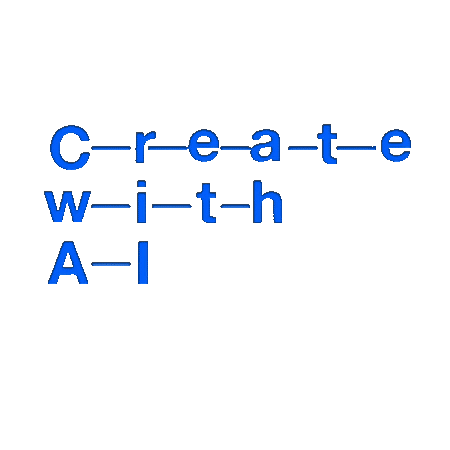ドラムパターンとメロディの生成 - Artificial Neural Networks Jamming on the Beat
Tikhonov, A., & Yamshchikov, I. (2021, July 13). Artificial Neural Networks Jamming on the Beat. 37–44. https://doi.org/10.5220/0010461200370044
リズムパターンのデータセットもあわせて公開。
2021

Overview - 何がすごい?
- MIDIから抽出したリズムパターンの巨大なデータセット(3万パターン以上)を公開
- リズムパターンの生成モデルをAutoencoder, VAE, ACAI(adversarially constrained autoencoder interpolations)を使って学習。比較している。
Abstract
This paper addresses the issue of long-scale correlations that is characteristic for symbolic music and is a challenge for modern generative algorithms. It suggests a very simple workaround for this challenge, namely, generation of a drum pattern that could be further used as a foundation for melody generation. The paper presents a large dataset of drum patterns alongside with corresponding melodies. It explores two possible methods for drum pattern generation. Exploring a latent space of drum patterns one could generate new drum patterns with a given music style. Finally, the paper demonstrates that a simple artificial neural network could be trained to generate melodies corresponding with these drum patters used as inputs. Resulting system could be used for end-to-end generation of symbolic music with song-like structure and higher long-scale correlations between the notes.
Motivation
- ドラムとメロディがセットになったデータセットがあれば、ドラムを生成するだけでなく、ドラムのパターンからメロディーも生成できるのでは
Dataset
- MIDIから抽出したリズムパターンの巨大なデータセット(3万パターン以上)をまず作る
- ネット上で集めたMIDIデータからリズムだけを抜き出す
- いくつかの条件でゴミデータをフィルタする
- 14のドラムの種類(キック、スネア...) ✖️ 16部音符単位で2小節 (32ステップ)のマトリクスで表現

Architecture
- リズムパターンの埋め込み表現
- Autoencoder, VAE, ACAIの三つのモデルを試す (下の図の smoothingにあたる部分)
- 潜在ベクトルの次元数は4としている。
- レイヤーはシンプルなfeedforward + ReLU

- リズムからメロディーの生成モデル
- メロディーを演奏する楽器、トーン(??)、オクターブを指定する埋め込みベクトルとドラムパターンから、メロディーを生成する

Results
- 学習したモデルでリズムパターンを潜在空間にマッピング
- 四次元の潜在ベクトルを2次元にt-SNEで落とし込むことで二次元のマッピングができた。

- 学習したVAE, Autoencoder, ACAIのモデルの潜在空間でサンプリング
- 生成されたドラムパターン
- ランダムに生成したリズムを学習データを集めた時の前処理でフィルタした時にどのくらい残るかを確認
- 学習データに使ったパターン(Empirical patterns)が高いのはもちろんのこと、次にACAIが良い結果に。VAEが良くないのは意外。

Further Thoughts
- 論文の書き方は割と雑...
- ドラムから生成したメロディーの例を探したのだけど... 公開してない?
- ACAIについて理解できてないので次に読む
Links
今回の研究用に集めたリズムのデータセット
altsoph/drum_space
I collected 33K non-trivial unique drum beats from midis available online, used a neural network with to build a space of latent representation of these beats and to generate new ones. Finally, I mapped all of them into 2D space using the t-SNE algorithm.
github.com
データセットの中のリズムパターンを学習済みモデルで潜在空間にマッピングしたインタラクティブな可視化
altsoph.com
This is an interactive explorer of the drum beats latent space. I collected 33K non-trivial unique drum beats from midis available online. Then I used a neural network with VAE architecture to build a 4D-space of latent representation of these beats and to generate new ones.
altsoph.com
Understanding and Improving Interpolation in Autoencoders via an Adversarial Regularizer
Autoencoders provide a powerful framework for learning compressed representations by encoding all of the information needed to reconstruct a data point in a latent code. In some cases, autoencoders can "interpolate": By decoding the convex combination of the latent codes for two datapoints, the autoencoder can produce an output which semantically mixes characteristics from the datapoints.
arxiv.org
